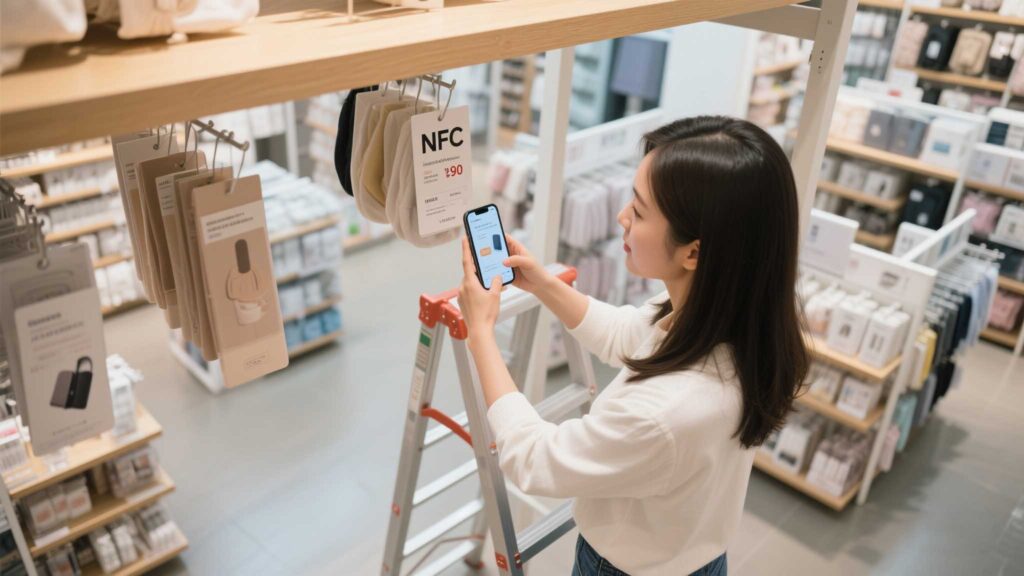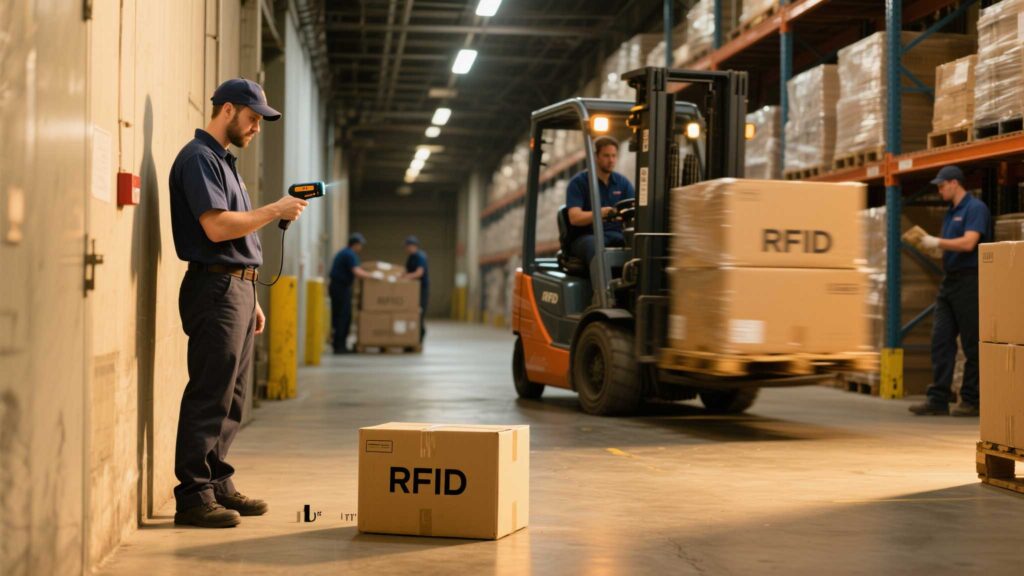Antena lectora RFID: A Practical Guide from Basics to Real-World Applications
247A complete overview of RFID reader antennas — how they work, types, and deployment tips across industries from warehousing to retail.
MoreAll RFID Product
NFC and UHF RFID modules both wirelessly identify objects—but they’re as different as a bicycle and a motorcycle. NFC excels in secure, close-up interactions, while UHF RFID thrives in bulk, long-distance tracking. Picking the wrong one can mean sluggish workflows, security gaps, or blown budgets. Let’s clarify which suits your needs and why.

How It Works:
Best Use Cases:
Limitations:
Pro Tip: Use NFC for user-initiated actions (e.g., tapping to pay) and high-security needs.
How It Works:

Best Use Cases:
Limitations:
Pro Tip: UHF shines in high-speed, bulk scanning but needs careful setup to avoid signal noise.
| Factor | NFC | UHF RFID |
|---|---|---|
| Range | 0–4 cm | 1–15+ meters |
| Speed | 1–2 tags/sec | 100–200 tags/sec |
| Security | High (encryption common) | Moderate (varies with setup) |
| Cost (Tags) | 0.50–2.00 | 0.10–1.00 |
| Metal Tolerance | Poor | Good (with on-metal tags) |
Some projects benefit from hybrid setups:
Example: Cykeo’s hybrid retail solution reduced checkout times by 40% while cutting inventory errors by 60%.
Takeaway: NFC and UHF RFID aren’t competitors—they’re tools for different jobs. Need secure, close-up interactions? NFC is your ally. Tracking hundreds of items from afar? UHF dominates. Brands like Cykeo offer both, but always test in your environment first. Mix them wisely, and you’ll unlock efficiency without compromise.
A complete overview of RFID reader antennas — how they work, types, and deployment tips across industries from warehousing to retail.
Morein-depth look at RFID bank card readers, from commercial applications to the controversy around RFID-blocking wallets. Drawing from real-world cases and industry experience, this article unpacks the tension between payment convenience and security...
MoreStruggling with RFID reader connectivity issues? Learn how to diagnose and fix common problems like signal loss, IP conflicts, and interference.
Morehow IoT and RFID are transforming parking management. Find available parking spots in real-time, reserve spaces via mobile app, and reduce traffic congestion with smart parking systems.
More